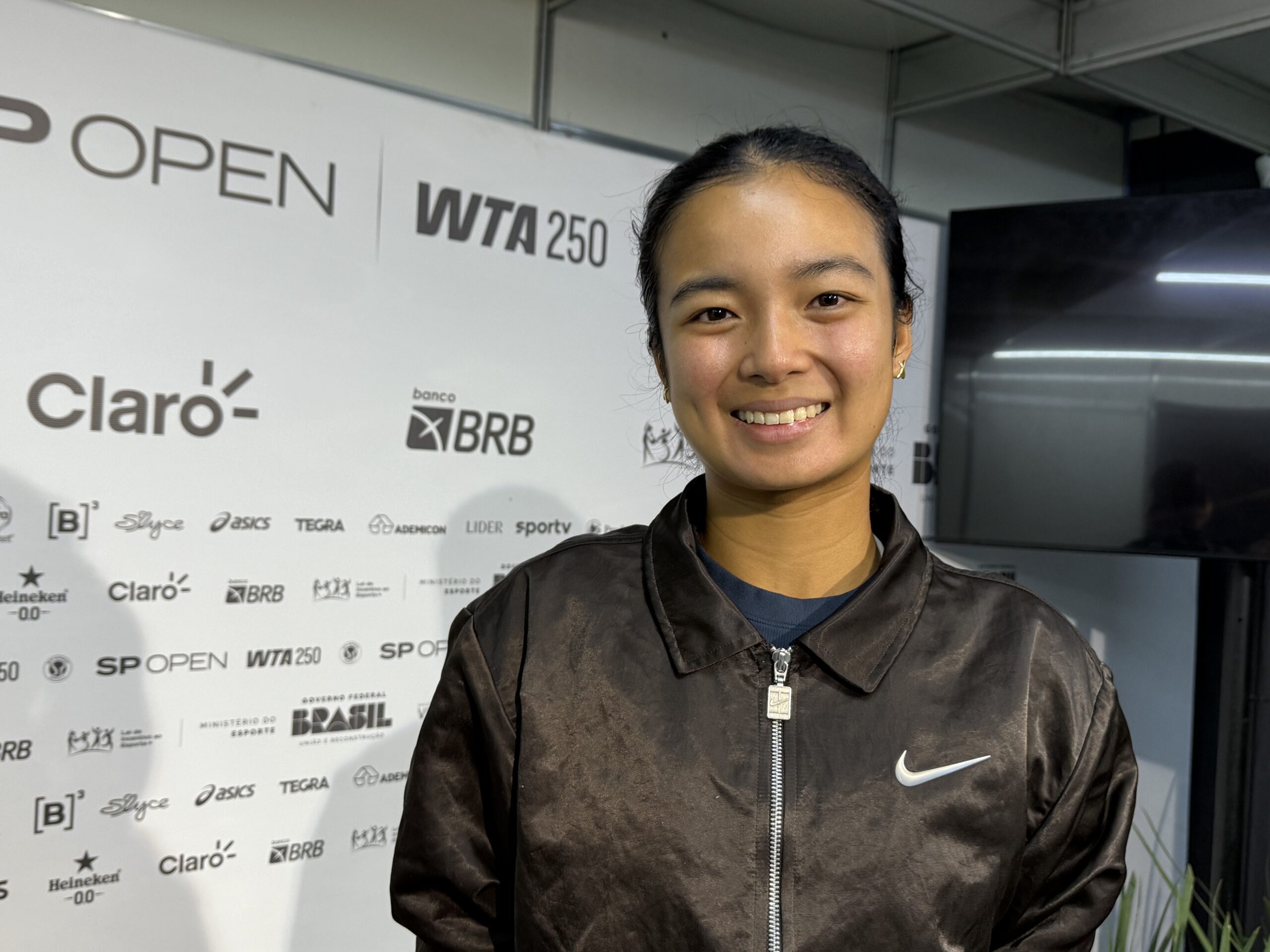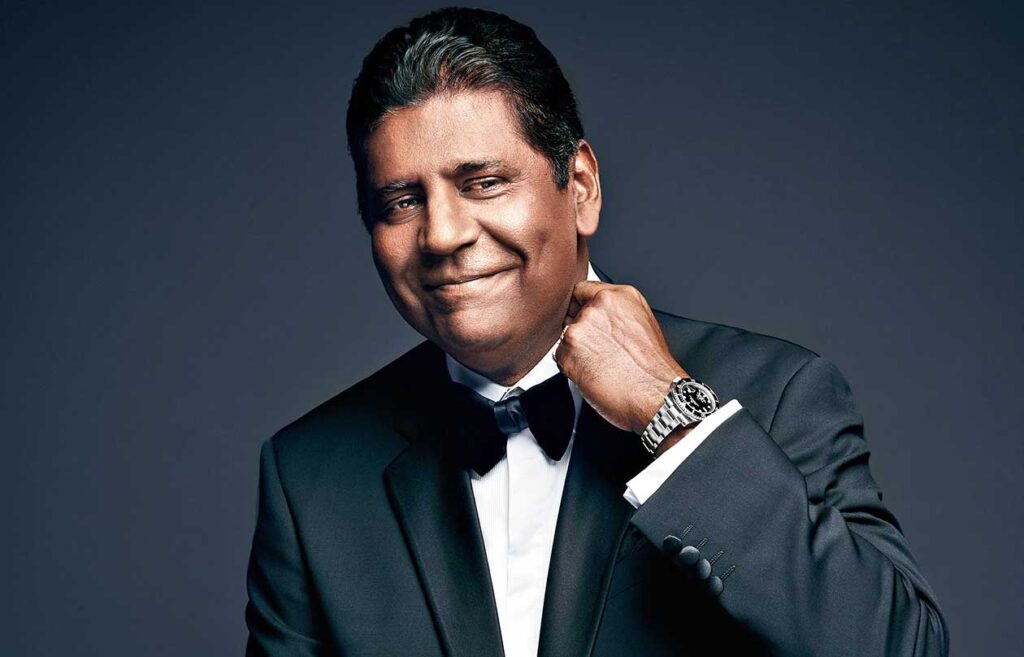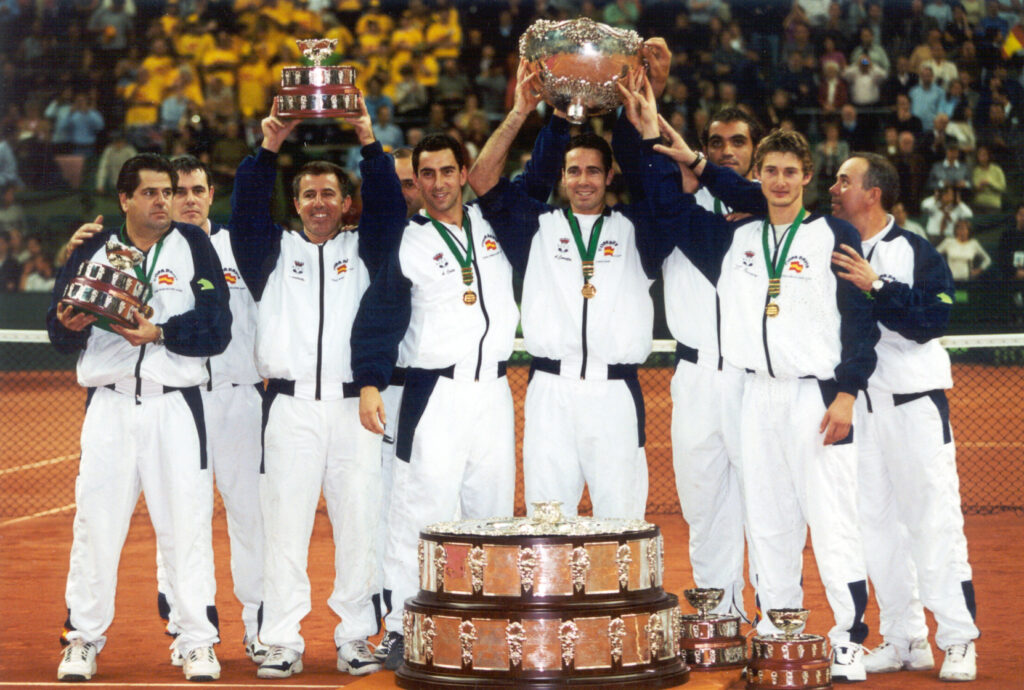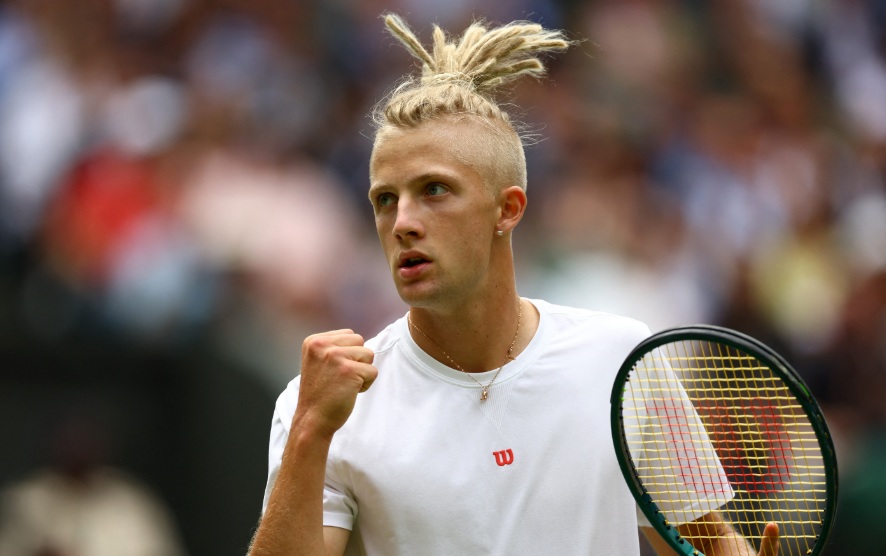Not anymore.
That was until Alexandra Eala appeared, sparking a sporting revolution in the Asian nation, which continues to be enchanted by a player who is changing the history of tennis there.
‘There are 115 million Filipinos and I am the first tennis player in history; it’s so crazy,’ says Eala, ranked 61st in the world at the age of 20, during an interview with CLAY at the WTA 250 in São Paulo, the biggest women’s tournament in South America.
A semi-finalist in Miami, where she defeated Ostapenko, Keys, Badosa and Swiatek, this year at the US Open, Eala revolutionised the sport in her country by becoming the first Filipina in history to win a match in a Grand Slam tournament.
Elegant, smiling and articulate when she speaks, the Filipina arrived in São Paulo after winning the WTA 125 in Guadalajara, although what appears to be a title is not: for the WTA, tournaments are only taken into account from category 250 onwards.
– Are you feeling at the best moment of your career?
– I definitely think that this year has been the best of my career so far, but it’s hard to say if this is the best moment of my career because you know tennis has a lot of ups and downs. So I’ve definitely had my own set of struggles this past week and obstacles to overcome. So I think I’m just happy with how I’m managing and how I’m able to solve certain situations and problems.
– Going back to how you started to play tennis, your grandfather was a key person in that achievement.
– Yes, he was such a vital part of my tennis and obviously of my life, of my childhood. I think he, with my parents obviously, was a big contributor to how I carry myself on court and my mindset and my mental toughness. He was the father of my mother.
– Why did he love tennis that much and why did he have the idea about you playing tennis?
– He was just kind of a club player, he was not really a coach. He just goes to the club and plays a little bit, and then I think he coached a couple other of my family members before some cousins in tennis and my brother, and he also coached swimming for my mom. But he was also not like a real coach, just for family members. It started out as a way for me to bond with him and for me to get into sports and have that routine, and he loved to read books about tennis. He’d watch you a lot of matches and I guess that’s where he got his knowledge.
– Did he see you playing at the professional level?
– I don’t think he did anymore… Maybe one… No, I think he did not. Yeah, he didn’t.
– But when you win, you remember him.
– Yeah. Of course. Every time I do something big, he always comes to mind, obviously. It would have been so nice for him to see how far I’ve come, because he, in the end, put a lot of effort and sacrificed a lot for me.
– What was his name?
– Bob. We called him Lolo Bob.
– Do you speak some Spanish?
– A little bit. I’m trying. It depends who you talk to. Someone says yes, someone says no.
– How was it to grow up as a tennis player in the Philippines when you don’t really have a model, a player because you basically have almost no players in the Philippines?
– Maybe we didn’t necessarily have someone at the professional level who exceeded internationally, but for me personally I had so many people to look up to for one in my family you know not just in tennis but role model life in life in general.
– But a role model in tennis is necessary, isn’t it?
– Yes, obviously representation is so important because it inspires. But I don’t think you should be limited by that to take inspiration. So for me, I was inspired by, let’s say, Sharapova, because she was so aggressive and mentally tough. But then on the other side, I also looked up to Li Na because she was asian. So there’s a difference. You can take different inspirations from anyone you want.
– To be number 60 in the WTA ranking doesn’t mean much in, let’s say, France, but in your country you are a star. How does it feel? How does it work?
– I feel so blessed now and it’s so difficult to grasp sometimes, because if you think about it, there are 115 million Filipinos and I am the first tennis player in history. So sometimes it’s so crazy. But I’m so happy to be able to give back to my country in any way that’s possible.
– What was bigger for you? To reach that semi-final in Miami or to reach the second round at the US Open?
– That’s a very difficult comparison… I think both were very historic. I would have to say Miami though because I feel like it was… It’s difficult to say. They’re each very, very special in my heart. I would have to say Miami because I think it was a longer run. But obviously, my match against [Denmark’s Clara] Tauson was so, so emotional.
– There’s this debate about whether women could play best of five at a Grand Slam final. You sawn what happened in Wimbledon. What would you do?
– We are playing the best of three sets for a reason and I think women’s sports and women’s tennis in general is super competitive. So that’s a huge change and all I can say, I’m just 20 years old, you know, I just came on the tour.
– It happened before. Seles, Graf, Sabatini, they played best of five sense matches.
– I was not aware. I’m just 20, I’m just coming on the tour, I don’t think I’m well experienced enough or have enough knowledge to answer appropriately.
– You’re living your dream but you probably dream with something even bigger. What’s your dream in tennis?
– I’m very ambitious, I think everybody has huge dreams in tennis. To be world number one and to win Grand Slams is my dream, but in the bigger scale of things to be a professional tennis player and to reach this level is something I’m already very proud of.
– If you have to choose one of the four Grand Slams, what’s your favorite to win?
– I would say Wimbledon because from my young age that was the one I really looked for, but the US Open is a close second, close second.
If you enjoyed this interview with Alexandra Eala, don’t miss many other interviews with the stars of the tour — available at this link to our website.








